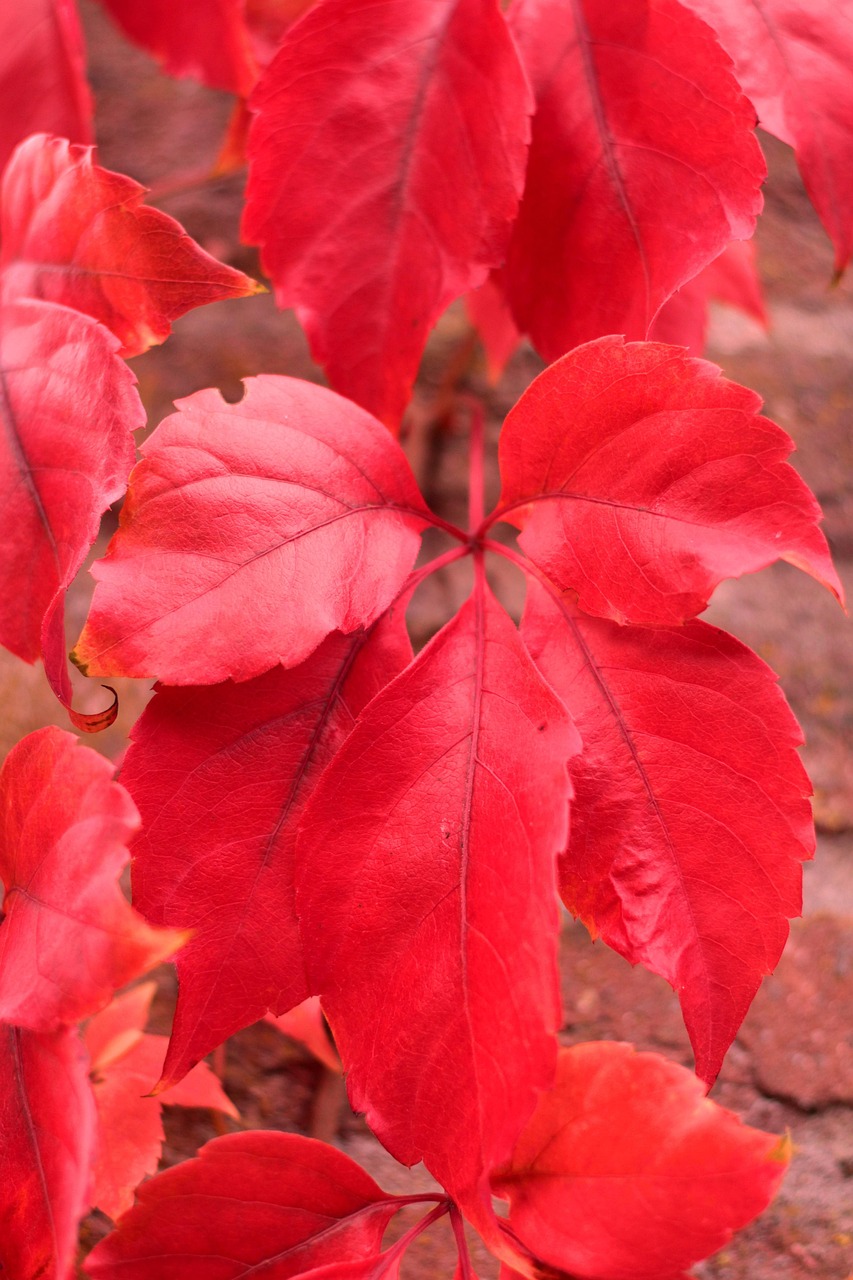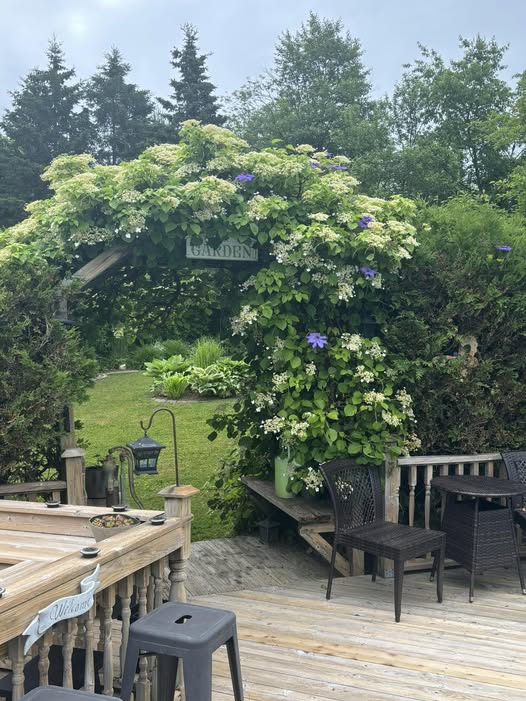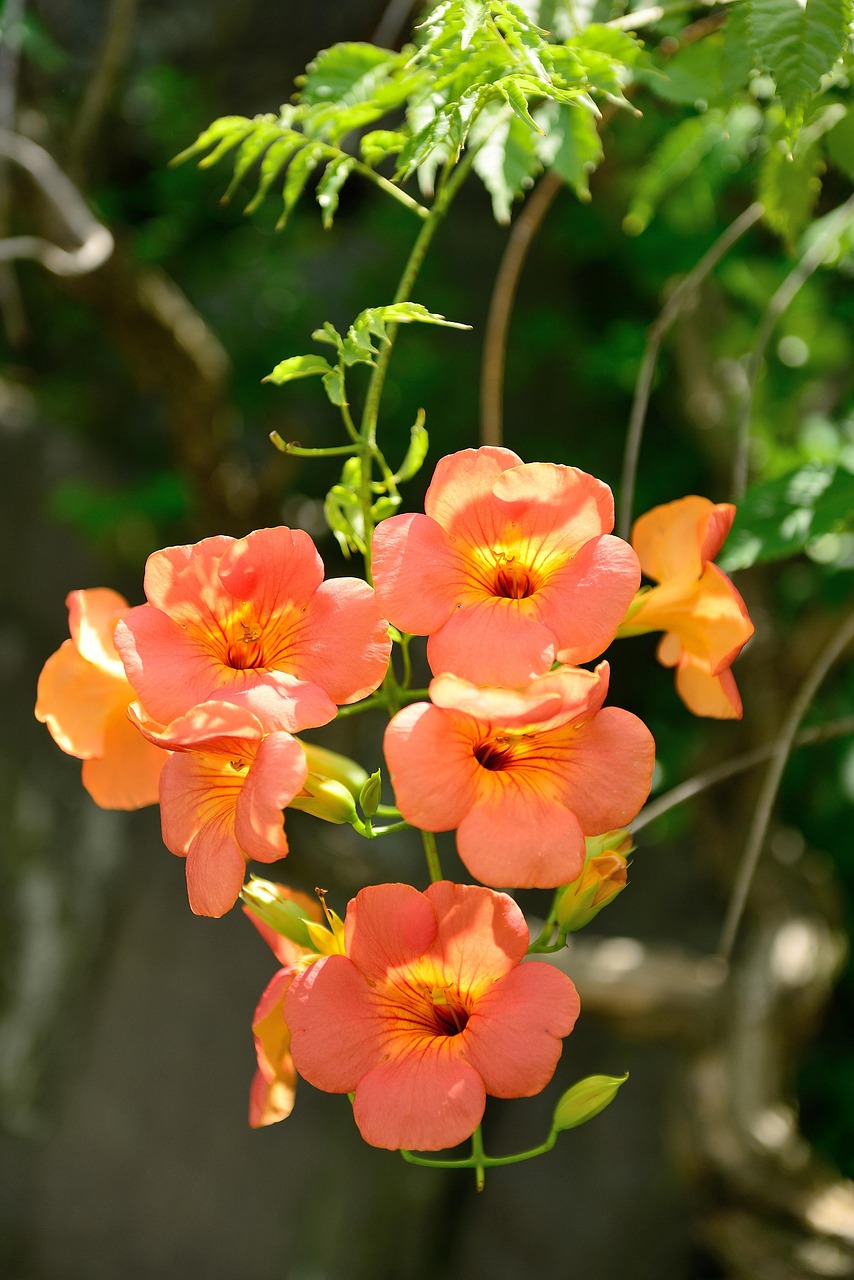When we think of fall color, we often imagine forests turning to fire, leaves tumbling from trees, and golden trails beneath our feet. But what if that same burst of autumn glory could scale your fences, wrap around your pergolas, and cascade down trellises? That’s the beauty of fall climbing plants — they don’t just sit quietly in your garden. They climb, crawl, and explode with color in vertical waves.
Whether you’re working with a small balcony, a bare wall, or a sprawling backyard, these plants can transform your outdoor space into a living tapestry. And the best part? Many are low-maintenance and come back stronger every year.
So, ready to discover the most stunning fall climbing plants that will set your space ablaze with seasonal color?
Why Choose Climbing Plants for Autumn Appeal?
They Maximize Space
Vertical gardening isn’t just for urban dwellers. Climbing plants give you a whole new canvas to work with — especially helpful if your ground-level garden is full or small.
They Create Instant Drama
Nothing says “wow” like a wall cloaked in crimson, burnt orange, or buttery gold. Climbers draw the eye upwards and create a sense of grandeur.
They’re Natural Privacy Screens
Many fall climbers thicken beautifully during the cooler months, giving you color and coverage when you need it most.
Top 10 Fall Climbing Plants for Stunning Autumn Color
Let’s climb right into the stars of the season:
1. Virginia Creeper (Parthenocissus quinquefolia)

Why You’ll Love It:
This native North American vine turns from green to a dazzling display of red, orange, and purple in fall. It’s fast-growing and can easily cover trellises, fences, or walls.
Best Features:
- Stunning crimson foliage
- Birds love its small berries
- Hardy and resilient in many climates
Quick Tip:
Give it room to grow — it’s a vigorous climber and can spread fast!
2. Boston Ivy (Parthenocissus tricuspidata)

Why You’ll Love It:
Think ivy-covered universities with a coat of flaming red and burgundy by mid-fall. Boston Ivy brings that nostalgic, dramatic look.
Best Features:
- Self-clinging (no need for support wires)
- Brilliant fall transition colors
- Urban-friendly and pollution-tolerant
Quick Tip:
Great for brick or stone walls, but not ideal for wood surfaces — it can cling too tightly.
3. Climbing Hydrangea (Hydrangea anomala subsp. petiolaris)

Why You’ll Love It:
Known for its lace-like white flowers in summer, it surprises with warm yellow foliage in fall — adding a soft glow to shady areas.
Best Features:
- Tolerates part shade
- Gorgeous peeling bark for winter interest
- Slowly establishes but worth the wait
Quick Tip:
Perfect for north-facing walls that don’t get intense sun.
4. Sweet Autumn Clematis (Clematis terniflora)
Why You’ll Love It:
This late bloomer explodes with tiny, star-shaped white flowers in early fall and finishes with golden foliage as the season ends.
Best Features:
- Strong fragrance
- Bee and butterfly magnet
- Vigorous and low-maintenance
Quick Tip:
Cut it back hard in late winter — it thrives on new growth.
5. Trumpet Vine (Campsis radicans)

Why You’ll Love It:
Fiery orange-red trumpet-shaped blooms paired with bold yellow leaves in autumn make this a showstopper.
Best Features:
- Attracts hummingbirds
- Covers large spaces quickly
- Tolerates poor soil
Quick Tip:
Keep it in check — it spreads aggressively and needs pruning.
6. Wisteria (Wisteria frutescens or Wisteria sinensis)
Why You’ll Love It:
Though famous for spring flowers, wisteria also puts on a subtle but beautiful fall show, with foliage turning soft golden yellow.
Best Features:
- Elegant vines and form
- Long-lived and dramatic
- Great for arbors and pergolas
Quick Tip:
Choose native species like Wisteria frutescens for better fall color and less invasiveness.
7. American Bittersweet (Celastrus scandens)
Why You’ll Love It:
This vine produces golden leaves in fall and eye-catching orange berries that persist into winter — perfect for wildlife and autumn decor.
Best Features:
- Gorgeous fruit clusters
- Native and hardy
- Great for naturalized spaces
Quick Tip:
Plant both male and female plants if you want berries.
8. Chocolate Vine (Akebia quinata)
Why You’ll Love It:
Its name isn’t the only sweet thing. This semi-evergreen vine has unique purple foliage that turns bronze-purple in fall, and it gives off a light vanilla-chocolate scent.
Best Features:
- Fast grower
- Unusual foliage and flowers
- Exotic-looking and low-fuss
Quick Tip:
Prune yearly to prevent it from becoming invasive.
9. Climbing Roses (e.g., Rosa ‘Autumn Sunset’)
Why You’ll Love It:
With blooms that continue well into fall and foliage that turns to copper or bronze, climbing roses bring both color and elegance.
Best Features:
- Repeat bloomers
- Adds fragrance and charm
- Works well on arches and pergolas
Quick Tip:
Choose disease-resistant varieties for low-maintenance beauty.
10. Honeysuckle (Lonicera periclymenum ‘Serotina’)
Why You’ll Love It:
Late-summer into fall blooms, rich with sweet scent, pair beautifully with yellowing leaves and twining vines.
Best Features:
- Great for wildlife
- Fragrant and long-blooming
- Easy to train on trellises
Quick Tip:
Not all honeysuckles are equal — avoid invasive species like Lonicera japonica.
How to Maximize Fall Color in Climbing Plants
1. Plant in the Right Spot
Ensure your climbers get the sunlight or shade they prefer. Sunlight often intensifies fall colors.
2. Feed and Mulch Wisely
Healthy plants show their best colors. Use organic compost in spring and mulch to retain moisture.
3. Prune at the Right Time
Don’t prune too early in the year — many fall climbers bloom or turn color on new growth.
4. Support Their Climb
Trellises, wires, fences, and arches can make or break the visual impact of a climbing plant. Give them structure to shine.
FAQs: Curious About Fall Climbing Plants?
What’s the fastest-growing fall climber for color?
Virginia Creeper and Trumpet Vine are both known for their fast, vigorous growth and intense color.
Can I grow these in containers?
Absolutely! Compact varieties of Clematis, Honeysuckle, or even Bittersweet can thrive in large pots with proper support.
Do climbing plants damage walls?
Some, like Boston Ivy, can cling tightly and leave marks. Use trellises or plant a short distance from delicate surfaces.
Are any of these evergreen?
Chocolate Vine and some Honeysuckles can be semi-evergreen in warmer zones, offering year-round foliage.
